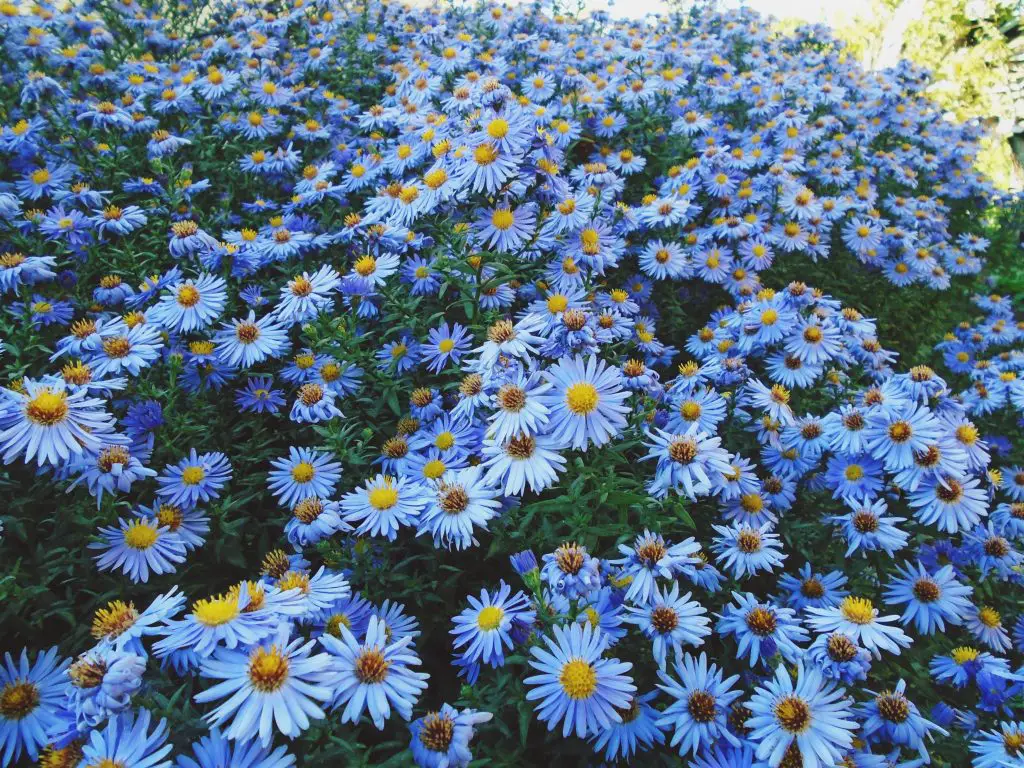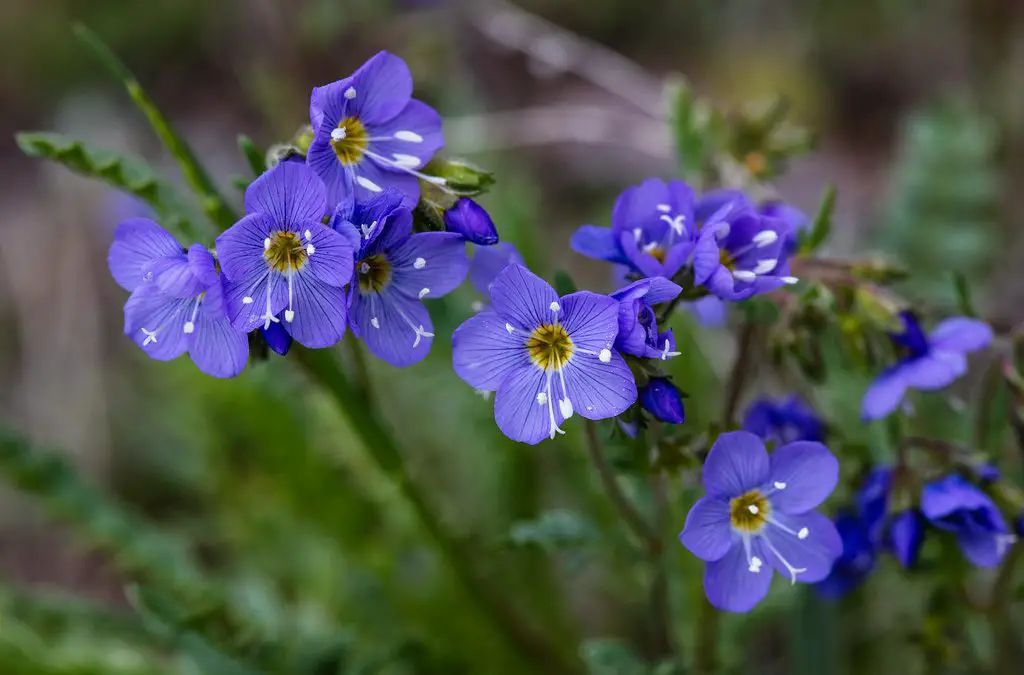Perennials
You have come across the word perennials on tags of plants or garden websites- that is if you do visit them. You can’t really disassociate the word from plants and trees. However, do you know what the word means? The word means to have a long life. Unlike annual and biennial plants which have the life cycle of one and two growing seasons for maturing respectively, perennials sprout seeds every year. It isn’t to say that they don’t wither once the season passes, but their root system stays strong and working, and when the season and conditions are right again, the perennial plant starts maturing all over.
Now, while perennial plants have a longer life span, it ranges from plant to plant. Plants like Peonies have the equivalent of a human lifetime while others have 15 years at most. However, most perennial plants like mum have 2 to 3 years. If you’re planning to plant perennial plants in your garden, there are certain things you must be aware of before you take this step, especially if you have been taking care of annual or biennial plants all this time.

Division
If you have taken care of annuals, replanting them every year is something you have learned to deal with. While the same need not be done for perennials, you do need to eventually dig them out and divide them. This is because perennial plants grow in clumps. However, after a long time, as more and more of the center of the plant dies down, the clump eventually becomes a messy ring. At this point, the plant will become weaker than before. Once you divide the plant, you will be reinvigorating it and getting more plants in the process. Plants like Peonies seldom need any division though, unless you’re after more plants.
Perennials and Pest Control
Always keep an eye out for pests around perennial plants, especially during the growing season. Imagine the sadness you feel when you have to lose your annual plants to pests? Only, with perennial plants, it will be worse, as you had to watch it grow for years. Perennials plants usually get affected quicker than other plants. This is because they’re grown in clusters and as such, when one pest attacks a part of the cluster, it spreads to other areas quickly.
Cleaning Up Each Season
Usually, every winter, perennials lose their liveliness and become part of the ground again. Before the plant can start growing in the new season, you’re going to have to show it extra gentleness by pruning it and getting rid of the old foliage. For some plants, it is better if they are pruned in the fall while others prefer spring. However, for most of the perennials the timing isn’t a major factor, and you can adapt at your own leisure pace.
Taking care of perennial plants isn’t labor intensive. Besides, it is this process that most gardeners look forward to in the first place. One thing is guaranteed you will always have some flowers in your garden if you take care of your perennials.
Read about more perennials
We have a large number of blogs about perennial plants. These are some examples:
- What Are Perennials? An overview
- Different type of Perennials
- Amaranthus cruentus- blood amaranthm
- The Perennial flowers in Europe
- Hedgehog cactus – Plant information
- Top five perennial-flowers to grow
The Heart of Stavern
In the very heart of Stavern, a beautiful little town in Norway, lies our store Stavern Blomstermakeri. We focus on interior, creativity and happiness. We are all about that blossoming feeling from the heart. If you have a passion for flowers, need inspiration or are keen to learn more about what we do here in Stavern, feel free to follow us on Pinterest for inspo, Instagram for photos, Youtube for learning or Facebook for the newest updates.
